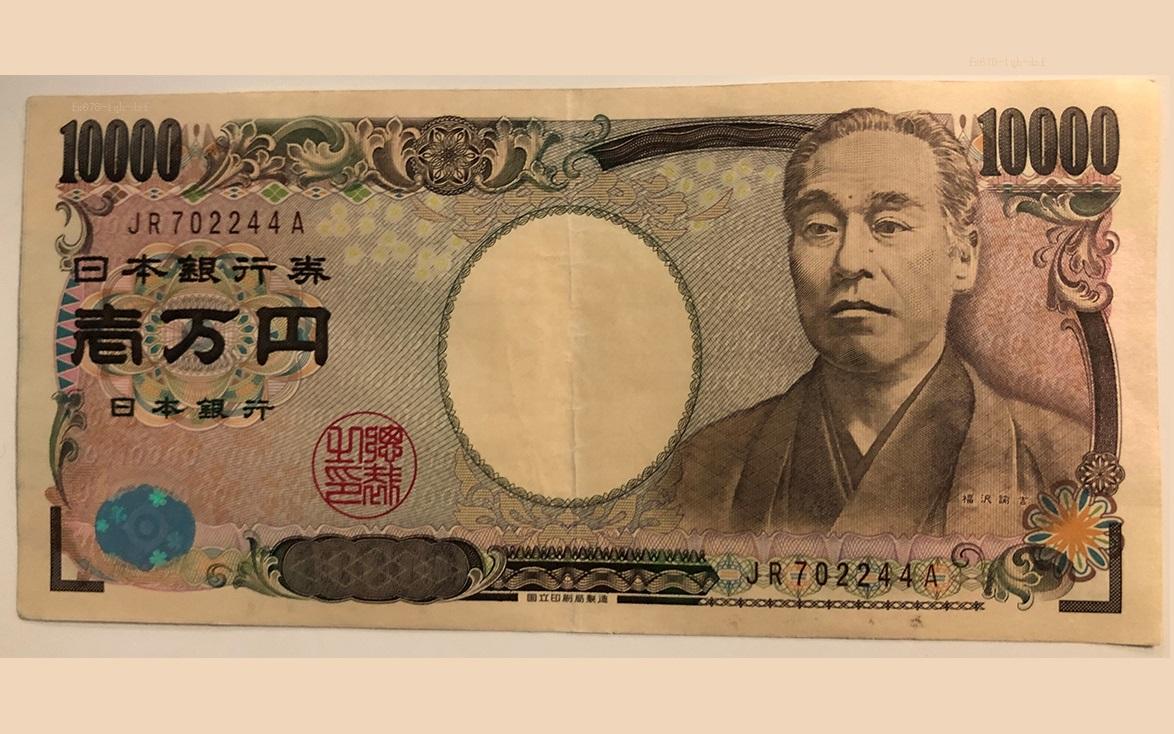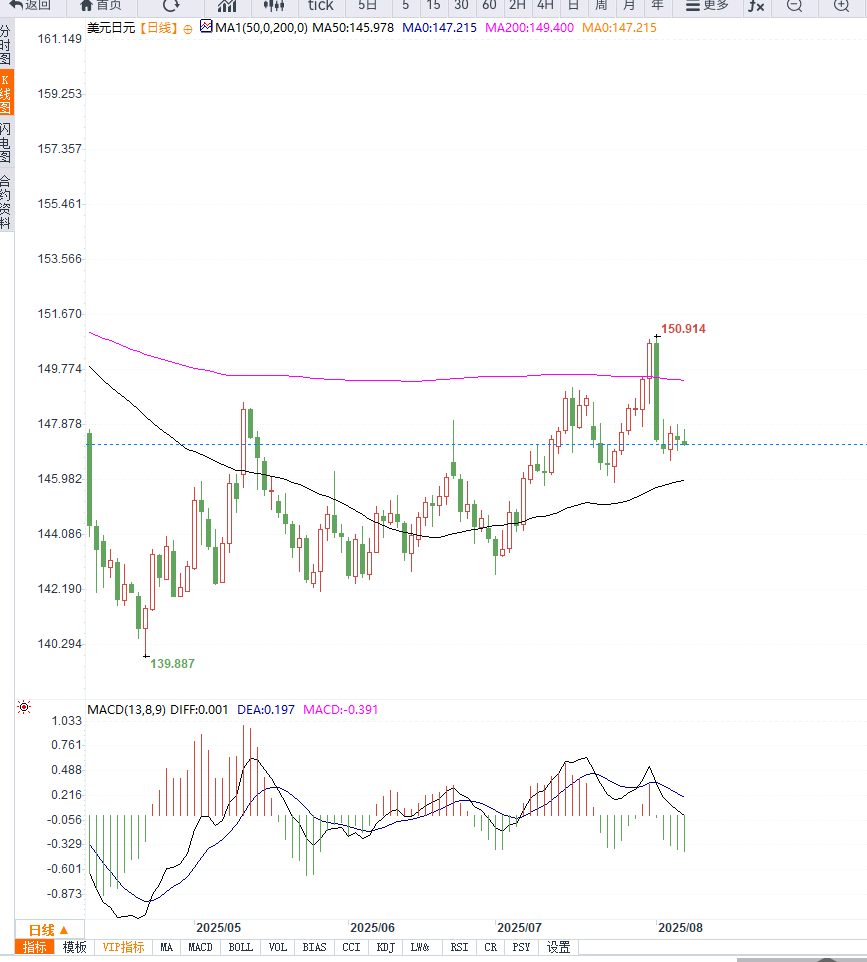Risk aversion supports the yen's strength, coupled with the Fed's rising expectations of a rate cut, the dollar may continue to fall against the yen
2025-08-07 14:16:08
According to White House sources, US President Trump is considering imposing an additional 15% tariff on all Japanese goods, with no exemptions for high-tariff products. This news has fueled market concerns about a further escalation in US-Japan trade frictions, which could impact Japan's export-driven economy and trigger selling pressure on the yen.
"The uncertainty surrounding Trump's tariff policy is gradually eroding the traditional appeal of safe-haven assets, with the Japanese yen bearing the brunt." - According to market research.

Domestic political factors and economic data also weighed on the yen. On July 20, Japan's ruling Liberal Democratic Party suffered a defeat in the upper house election, raising concerns about the consistency of its fiscal policy. Meanwhile, real wages in Japan fell for the sixth consecutive month in June, reinforcing expectations of weak consumption and a decline in inflation.
Although the Bank of Japan (BoJ) has repeatedly reiterated that it will consider further interest rate hikes if the economy and inflation meet its forecasts, the market remains cautious about its ability to raise interest rates this year, which has left the yen lacking solid support against the US dollar.
Despite a slight rebound from a one-week low on Wednesday, the US dollar is still under pressure from expectations of a September rate cut by the Federal Reserve. Recent weak US non-farm payroll and ISM services data have led the market to fully bet on a 25 basis point rate cut by the Federal Reserve in September and one or more more rate cuts this year.
Data from the CME FedWatch tool shows that the market currently believes the probability of a September rate cut has exceeded 90%. Falling US Treasury yields and pressure on the US dollar index have limited the upside potential of the USD/JPY pair.
From a technical perspective, the USD/JPY exchange rate has rebounded from this week's low of 146.60 and stabilized above its 200-period SMA, suggesting a bullish short-term outlook. However, momentum indicators on the daily chart have yet to fully confirm a bullish trend, with the RSI and MACD remaining neutral, suggesting the market awaits a directional breakout.
The current price is facing resistance at 147.805, which corresponds to the 38.2% Fibonacci retracement level of the rebound from the July low. If it successfully breaks through the 148.00 round mark, the target is expected to rise to 148.50, and further to 149.00, which is the 23.6% Fibonacci retracement level.
If the price falls back, short-term support is located at 147.00, while key support is concentrated at 146.75. This position is the resonance area between the 200-period SMA and the 50% Fibonacci retracement level on the 4-hour chart. If it is effectively broken, it will trigger further selling pressure, targeting 145.95 (61.8% retracement level) and the psychological level of 145.00.

Editor's opinion:
The current USD/JPY trend is constrained by the interplay of US trade tariffs and diverging Federal Reserve policies. On the one hand, Japan faces the dual pressures of political instability and economic weakness; on the other, expectations of US interest rate cuts are hindering the dollar's ability to generate sustained upward momentum. Therefore, if USD/JPY breaks below range support, further declines are possible.
- Risk Warning and Disclaimer
- The market involves risk, and trading may not be suitable for all investors. This article is for reference only and does not constitute personal investment advice, nor does it take into account certain users’ specific investment objectives, financial situation, or other needs. Any investment decisions made based on this information are at your own risk.





















